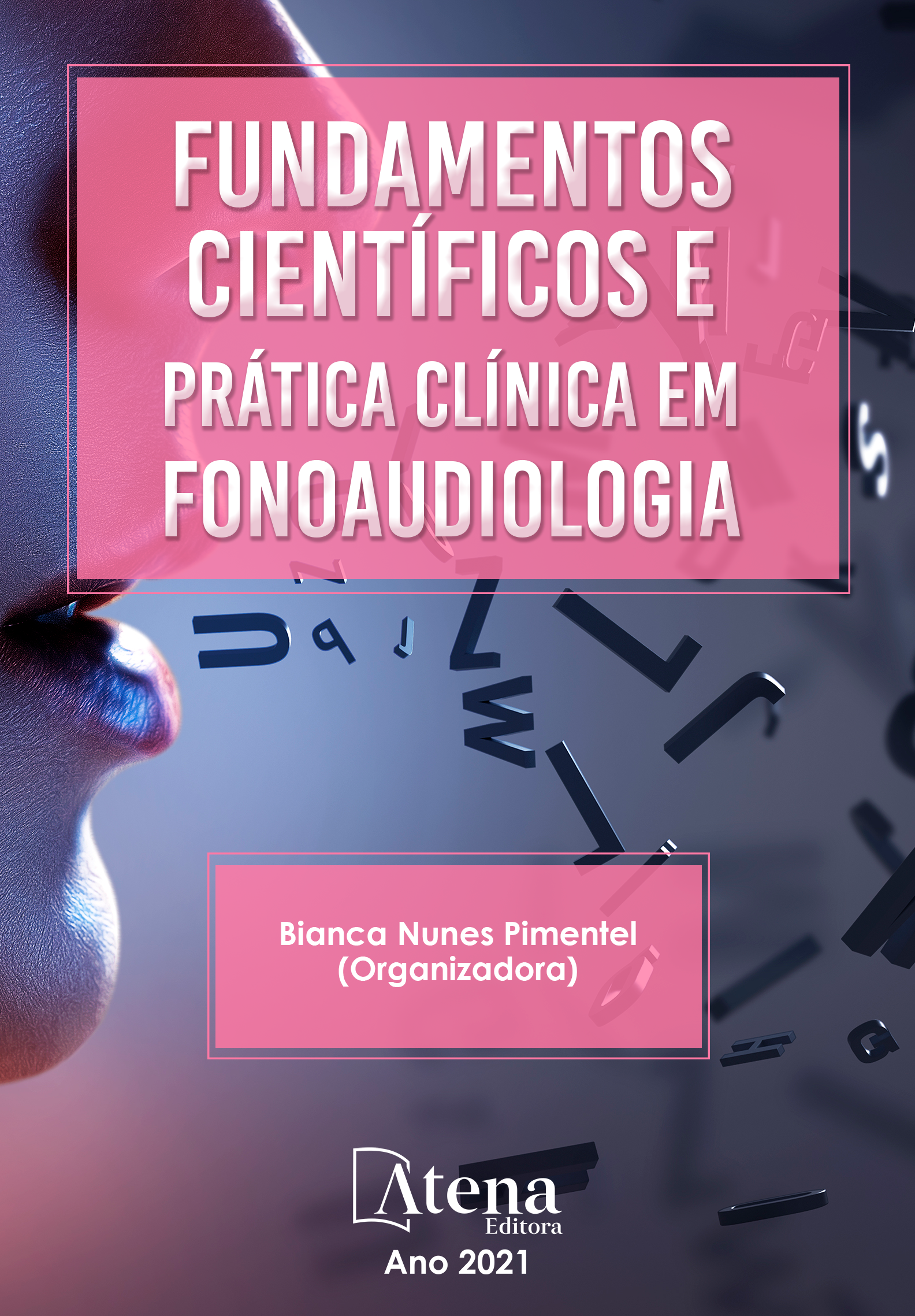
ANÁLISE NÃO LINEAR DE VOZES EM MULHERES IDOSAS SAUDÁVEIS
Este trabalho teve por objetivo verificar a reconstrução do espaço de fase de vozes em mulheres idosas falantes do português brasileiro por meio do Protocolo CIE (Curva, Irregularidade e Espaçamento). Para o grupo amostral, foram selecionadas, do banco de dados do Laboratório de Análise Articulatória e Acústica (LAAc) da UNESP- Campus de Marília, 15 gravações de vozes de mulheres idosas (média 77,13 anos), coletadas entre os anos 2013 e 2017. Para análise das vozes, foi utilizado o Programa Análise da Voz e para avaliação do sinal acústico, o Protocolo CIE, no qual os gráficos bidimensionais gerados foram impressos e analisados por três avaliadores treinados, seguindo o procedimento para a contagem do número de curvas e avaliação da irregularidade e espaçamento dos traçados, este gerado com ajuda do programa. Os resultados obtidos em relação à quantidade de curvas da trajetória dos gráficos da REF, do trecho da vogal /a/, evidenciaram que 100% das mulheres apresentaram trajetórias com mais de quatro curvas. Em relação ao grau de irregularidade, 40% das mulheres apresentaram irregularidade 2 na trajetória. Em relação ao grau de espaçamento, 53,33% das mulheres apresentaram grau 1 na trajetória. Com isso, concluiu-se que as gravações de vozes saudáveis de mulheres idosas analisadas pelo protocolo CIE, apresentaram mais de quatro curvas na trajetória, irregularidade com grau 2 e espaçamento de grau 1. O protocolo CIE foi capaz de apontar características das vozes desta população, sendo um instrumento de fácil manuseio. Estudos em diferentes faixas etárias devem ser desenvolvidos para compreensão das mudanças vocais ao longo da vida.
ANÁLISE NÃO LINEAR DE VOZES EM MULHERES IDOSAS SAUDÁVEIS
-
DOI: 10.22533/at.ed.87921210524
-
Palavras-chave: Voz, Dinâmica não linear, Idosos.
-
Keywords: Voice, Nonlinear Dynamics, Elderly.
-
Abstract:
This study aimed to verify the reconstruction of the phase space of voices in elderly women speakers of Brazilian Portuguese through the CIE Protocol (Curve, Irregularity and Spacing). For the sample group, were selected, from the database of the Laboratory of Articulatory Analysis and Acoustics (LAAc) of UNESP- Marilia Campus, 15 recordings of voices of elderly women (average 77.13 years), collected between the years 2013 and 2017. For voice analysis, the Voice Analysis Program was used and for the evaluation of the acoustic signal, the CIE Protocol, in which the generated two-dimensional graphics were printed and analyzed by three trained evaluators, following the procedure for counting the number of curves and evaluation of the irregularity and spacing of the draw, this generated with the help of the program. The results obtained in relation to the number of curves in the trajectory of the REF graphs of the vowel passage /a/, showed that 100% of the women presented trajectories with more than four curves. Regarding the degree of irregularity, 40% of the women had irregularity 2 in the trajectory. Regarding the degree of spacing, 53.33% of the women had a degree of 1 in the trajectory. With this, we concluded that the recordings of normal voices, in healthy elderly women analyzed by the CIE protocol, presented more than four curves in the trajectory, irregularity with grade 2 and spacing grade 1. The CIE protocol was able to point out characteristics of the voices of this population, being an instrument of easy handling. Studies in different age groups must be developed to understand vocal changes throughout life.
-
Número de páginas: 15
- Viviane Cristina de Castro Marino
- Evelyn Alves Spazzapan
- Débora Godoy Galdino
- Lídia Cristina da Silva Teles
- Arlido Neto Montagnoli
- Luana Alves Fernandes
- Eliana Maria Gradim Fabbron
- Eryne Alves Bafum


